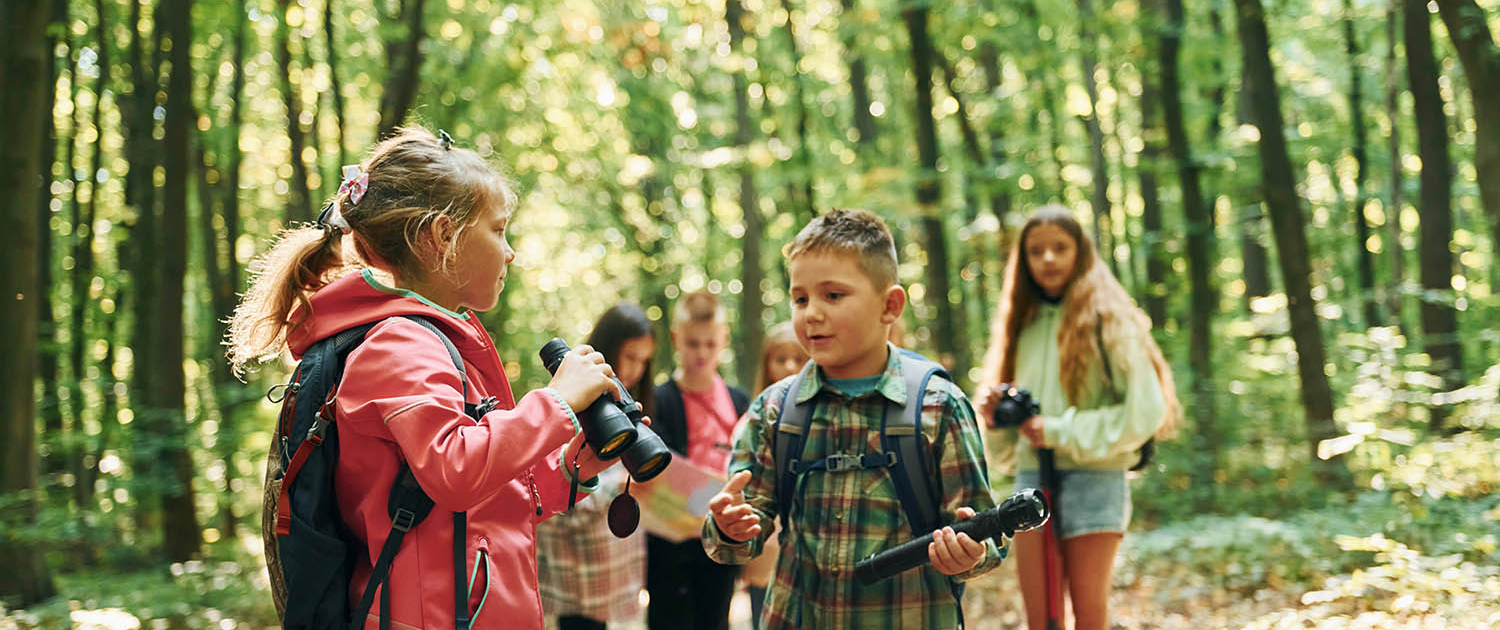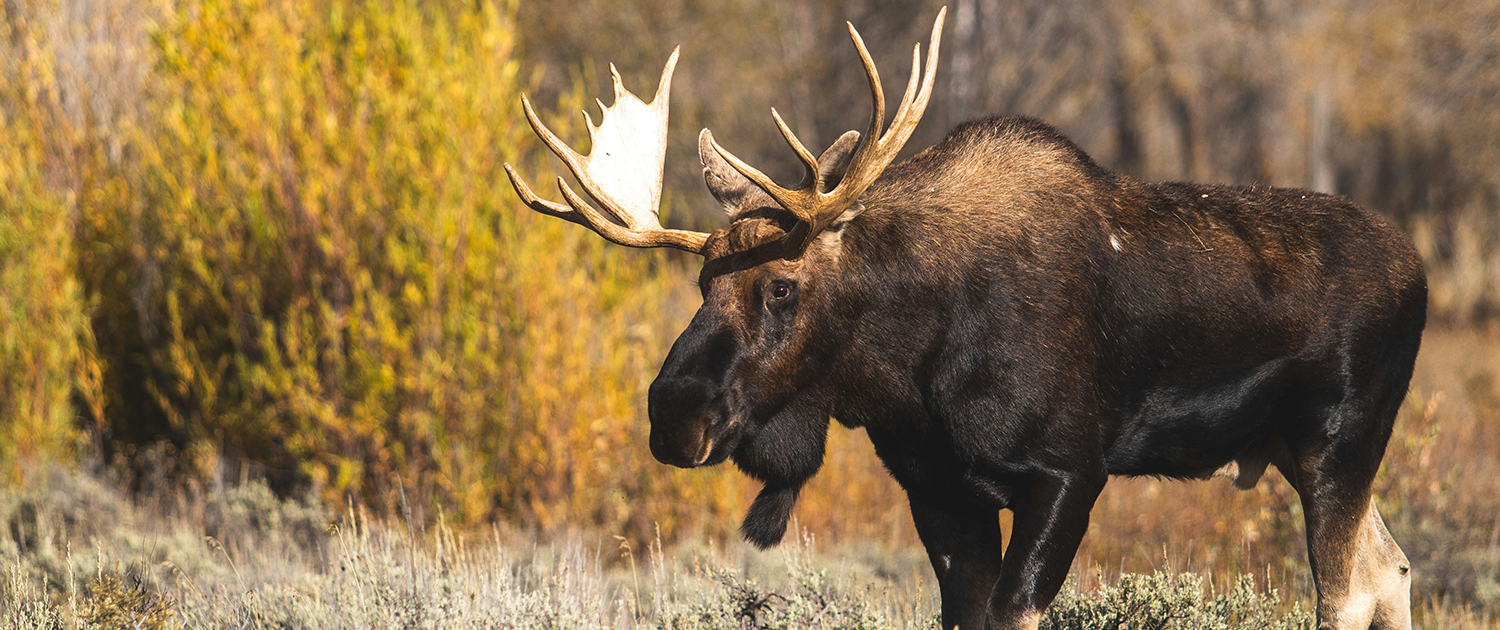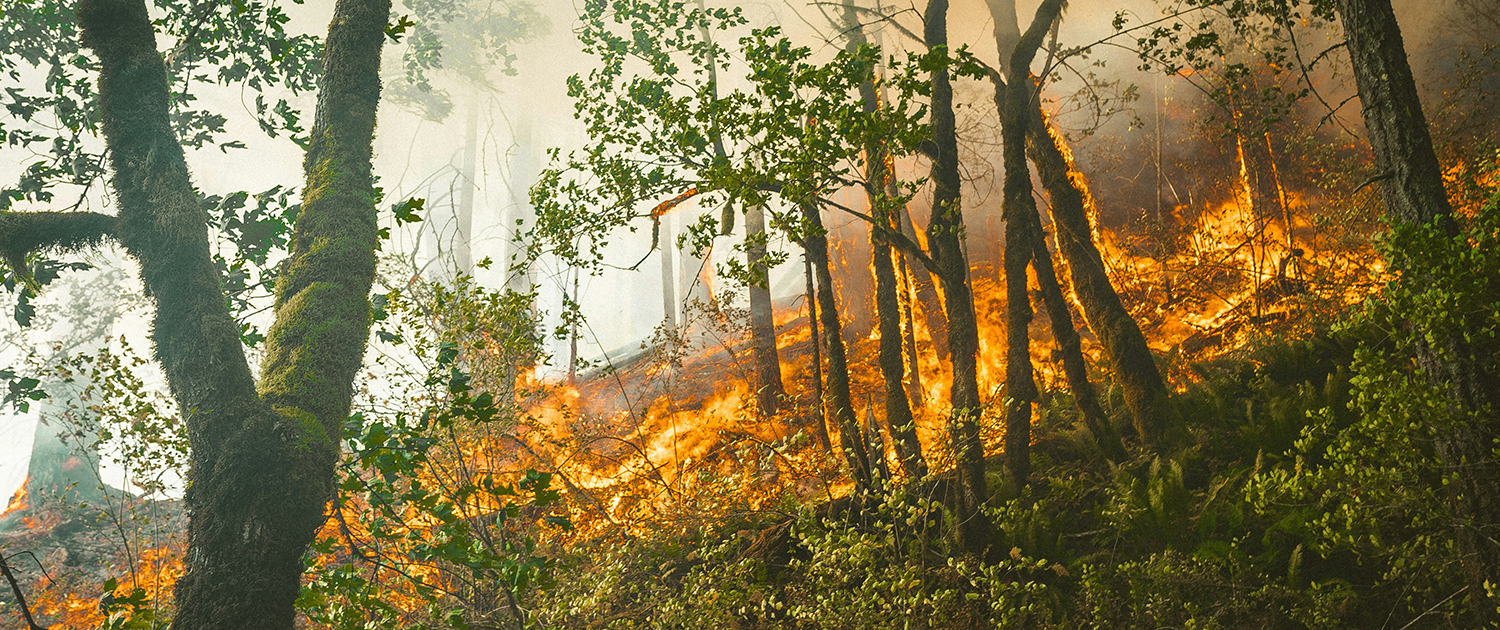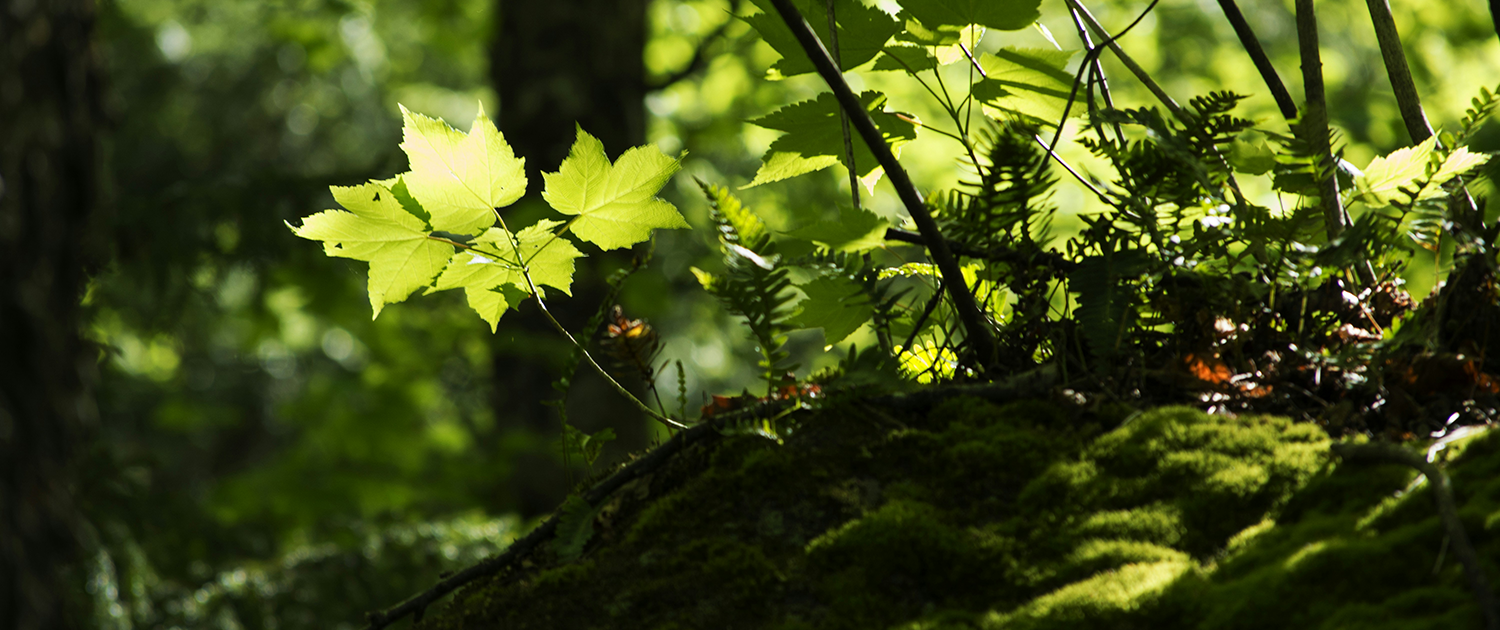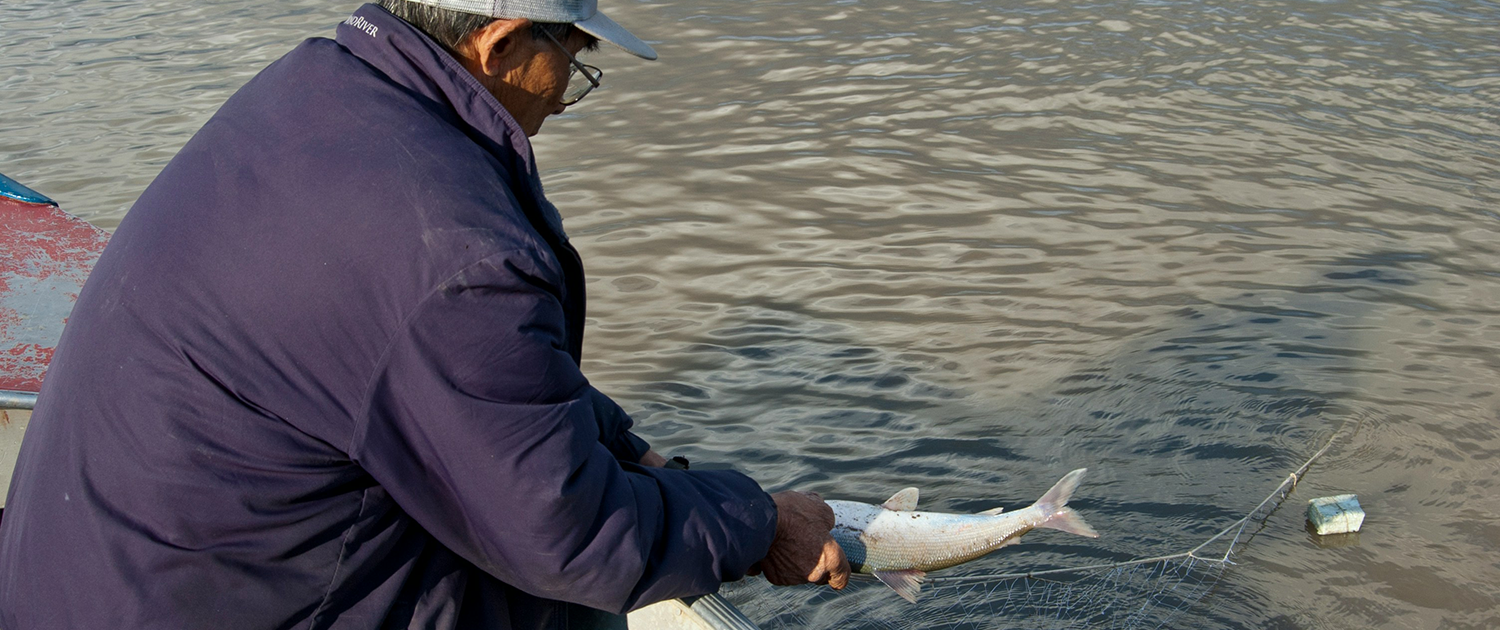For millennia, Indigenous Peoples across Canada have relied on intimate knowledge of seasonal cycles to guide their hunting, fishing, and gathering practices. This deep connection to the land has sustained communities, shaped cultures, and ensured the sustainable use of resources. However, as climate change alters weather patterns, migration routes, and ecosystem dynamics, many Indigenous communities face unprecedented challenges to their traditional food systems and ways of life.
The Changing Face of Seasons
Climate change is not just about rising temperatures; it’s about the disruption of long-established patterns that Indigenous Peoples have relied upon for generations.
Unpredictable Weather Patterns
Across the country, Indigenous communities are reporting increasingly erratic weather. Winters are becoming shorter and less predictable, springs are arriving earlier, and extreme weather events are more frequent. Warmer weather in northern Manitoba, for example, is causing ice roads that connect remote communities to experience ice melt and deterioration in their winter road networks. “One chief told me that driving their winter road is like driving on a sponge,” said Keewatin Tribal Council Grand Chief Walter Watesicoot.
Shifting Migration Patterns
As temperatures change, so do the movements of animals that many Indigenous communities depend on for sustenance and cultural practices. Wildlife behaviour adaptations present another layer of complexity. Modified migration timing and changed feeding patterns require new hunting strategies, while altered habitat preferences and shifted breeding grounds demand revised approaches. New predator-prey dynamics have emerged, creating unexpected population distributions that challenge traditional hunting knowledge.
These changes have profound community impacts, affecting food security and requiring modified harvest scheduling. Communities face increased resource requirements and changing dynamics in how hunting is organized and conducted. Cultural practices are being altered, and economic implications ripple through communities as hunting becomes more resource-intensive.
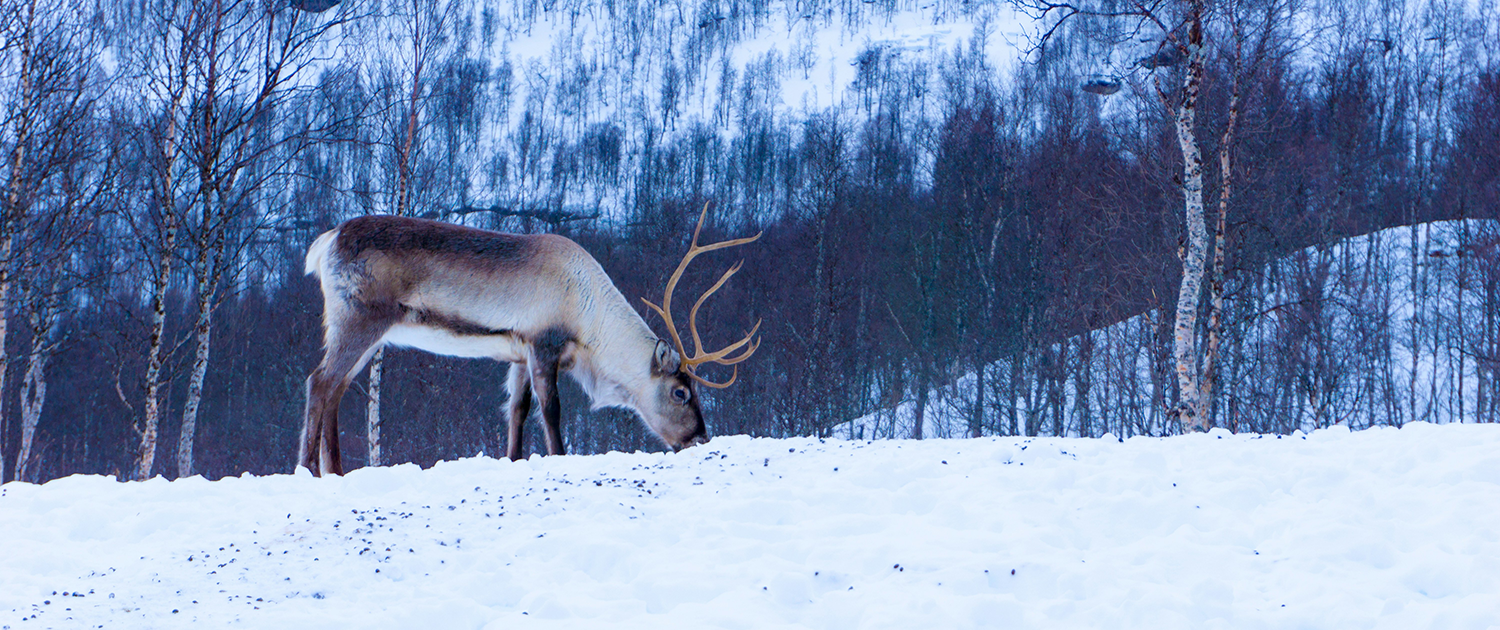
(Image Credit: Warren Sammut, Unsplash)
Northern Indigenous hunters observe changes in caribou migration patterns, revealing significant shifts in traditional wildlife behaviour. These observations demonstrate multiple dimensions of environmental change:
Observed Migration Changes:
- Altered traditional migration routes.
- Unpredictable timing of seasonal movements.
- Changes in herd size and composition.
- Shifts in preferred grazing locations.
- Modified rest-stop patterns.
Environmental Indicators:
- Changes in vegetation patterns affecting grazing.
- Alterations in snow and ice conditions.
- Variations in seasonal temperature patterns.
- Modified water availability and access.
- Shifts in predator-prey relationships.
Impact on Traditional Practices:
- Extended hunting journey distances.
- Increased time required for successful hunts.
- Adaptation of traditional hunting methods.
- Modifications to food preservation timing.
- Adjustments to community harvest planning.
Knowledge Application:
- Integration of traditional tracking methods.
- Use of generational knowledge of landscapes.
- Recognition of changing environmental signals.
- Understanding of wildlife behaviour adaptations.
- Application of seasonal prediction skills.
Community Implications:
- Effects on food security.
- Changes in harvest planning.
- Impact on traditional knowledge transmission.
- Adaptation of cultural practices.
- Resource allocation adjustments.
Adaptive Strategies:
- Development of new hunting approaches.
- Integration of modern technology with traditional methods.
- Enhanced communication networks between communities.
- Modified food preservation techniques.
- Flexible harvest scheduling.
Impacts on Traditional Practices
These environmental changes are having profound effects on traditional hunting, fishing, and gathering practices across Canada.
Hunting Challenges
Environmental changes significantly impact traditional hunting practices, creating complex challenges across multiple dimensions. The scale and scope of these changes require comprehensive understanding and adaptive responses.
The fundamental environmental modifications present immediate challenges to hunting practices. Hunters now contend with unpredictable ice formation and breakup patterns, while reduced snow cover duration and depth alter traditional travel routes. Altered freeze-thaw cycles and changes in permafrost conditions create new terrain challenges, while inconsistent seasonal transitions and modified watershed patterns further complicate hunting activities. These environmental shifts have fundamentally changed the landscape within which traditional hunting occurs.
Safety considerations have become increasingly complex and critical. Traditional ice routes now present heightened risks, and terrain stability has become less predictable. Weather conditions that once followed reliable patterns have become more erratic, changing traditional avalanche risk patterns and affecting water crossing safety. Previously reliable emergency shelter locations may no longer provide adequate protection, requiring new safety protocols and risk assessment strategies.
In response, Indigenous communities are developing robust adaptation strategies. These include the integration of technology with traditional methods and the development of new safety protocols. Modified equipment and gear requirements are being established, while enhanced communication systems help hunters adapt to changing conditions. Flexible hunting schedules and alternative transportation methods provide additional adaptive capacity.
Looking toward the future, Indigenous communities are engaging in long-term sustainability planning and developing approaches for intergenerational knowledge adaptation. Environmental monitoring systems are being established, and community support networks are being strengthened. Resource management strategies are evolving, with a strong focus on cultural preservation approaches that maintain the essential connection between hunting practices and community identity.
Fishing Disruptions

(Image Credit: Fredrik Öhlander, Unsplash)
Environmental changes fundamentally alter the Great Lakes ecosystems and traditional Indigenous fishing practices across the region. These changes manifest in various ways, affecting both aquatic life and cultural practices that have existed for generations.
Water temperature fluctuations in the Great Lakes system have significantly impacted fish populations and their habitats. Traditional fish species such as walleye, whitefish, and lake sturgeon show altered spawning patterns and habitat preferences. Warming waters have led to shifts in species distribution, with cold-water species facing increasing pressure as their preferred temperature zones shrink. Changes in nearshore environments particularly affect spawning grounds and juvenile fish survival rates.
Seasonal patterns in the Great Lakes have become increasingly unpredictable. Ice cover duration and extent have diminished significantly, affecting both traditional ice fishing practices and fish habitat. These changes impact the spawning cycles of cold-water species and alter the timing of traditional fishing seasons. Winter fishing activities, once reliable across many Great Lakes communities, now face uncertainty due to unstable ice conditions.
Population dynamics within the Great Lakes show concerning trends. Traditional fishing areas experience shifts in species composition, with some warm-water species becoming more prevalent while cold-water species decline. Invasive species thriving in warmer waters create additional pressure on native fish populations. These changes affect the entire food web, from small prey fish to larger predatory species traditionally harvested by Indigenous communities.
Traditional fishing practices face significant adaptation challenges. Seasonal harvesting calendars, developed over generations of observation, require adjusting for new environmental conditions. Fish preservation methods need modification as traditional weather patterns become less reliable. Communities must adapt their harvesting techniques and equipment while maintaining cultural connections to traditional practices.
Cultural implications extend throughout Great Lakes Indigenous communities. Traditional ceremonies and teachings connected to fishing require careful adaptation to maintain their significance while acknowledging environmental changes. Knowledge transmission between generations becomes more complex as historical indicators of fishing conditions evolve. The role of fishing in community life adapts while striving to preserve essential cultural elements.
Food security concerns grow as traditional fish species become less predictable or abundant. Communities historically dependent on specific species must diversify their harvesting practices. Changes in fish availability affect traditional food systems, while new preservation and storage methods develop to accommodate altered harvesting patterns. These shifts affect communities where fishing provides both sustenance and livelihood.
Today, Great Lakes Indigenous communities demonstrate innovative adaptation approaches. Integrating ecological and traditional knowledge with modern monitoring techniques helps track changing conditions. New fishing methods emerge that respect traditional practices while acknowledging environmental changes. Communities develop enhanced communication networks to share information about fish movements and water conditions across the Great Lakes basin.
Gathering Uncertainties

(Image Credit: Dmitry Bukhantsov, Unsplash)
Climate change is also affecting the availability and timing of traditional plant harvests.
Climate change significantly impacts traditional plant harvesting practices across Indigenous territories, particularly affecting seasonal gathering patterns and cultural practices. These changes manifest in multiple ways, creating complex challenges for communities maintaining traditional plant harvesting practices.
The fundamental shifts in plant life cycles pose immediate challenges for traditional gatherers. Traditional food and medicinal plants exhibit altered flowering and fruiting times, creating uncertainty in harvest planning. Irregular ripening patterns complicate traditional timing knowledge, while the seasonal availability of ceremonial plants has become less predictable. These changes affect not only food security but also the ability to conduct traditional ceremonies at historically appropriate times. Plant abundance and distribution patterns show marked changes, requiring gatherers to adapt their practices and sometimes seek new harvesting locations.
Gathering practices themselves undergo substantial adaptation. Harvesters develop flexible schedules to accommodate unpredictable plant cycles, often travelling to new locations as traditional gathering areas become less productive. Preparation and storage techniques require modification to address changing harvest times and conditions. Transportation requirements change as gathering locations shift, while preservation timing adjusts to new environmental realities.
Food security considerations become increasingly pressing as traditional food sources show greater variability. Communities explore alternative gathering locations and adapt food preservation timing to maintain access to traditional foods. The composition of traditional diets may shift as some plants become less available and others more abundant. Storage practices evolve to accommodate these changes while maintaining food safety and nutritional value.
These adaptation strategies often integrate modern technology with traditional practices. Enhanced monitoring systems help track environmental changes affecting plant communities while alternative harvesting locations are identified and evaluated. Modified gathering techniques emerge that respect traditional practices while acknowledging new environmental realities. Communities develop flexible timing approaches and new preservation methods to maintain access to traditional plants despite changing conditions.
Policy Implications
The impacts of climate change on traditional practices highlight the need for policies that support Indigenous adaptive capacity and sovereignty.
Flexible Wildlife Management
There are growing calls for wildlife management policies and practices that are more responsive to changing environmental conditions and Indigenous needs.
Support for Land-Based Activities
Some jurisdictions are developing programs to support Indigenous land-based activities in the face of climate change.
Resilience in the Face of Change
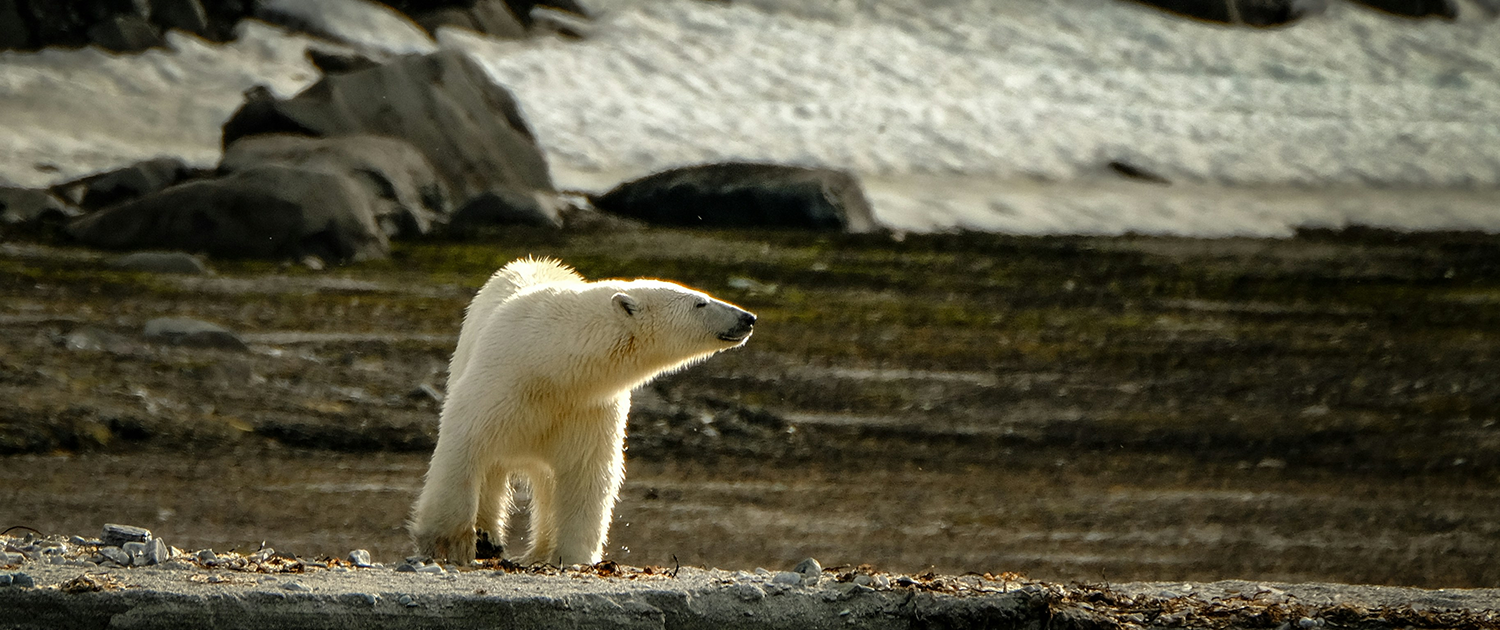
(Image Credit: Francesco Ungaro, Unsplash)
Indigenous observations and adaptations to environmental change provide crucial insights for broader climate adaptation strategies. Their multi-generational experience and intimate understanding of local ecosystems offer valuable lessons for addressing current environmental challenges and developing resilient responses to climate change.
Indigenous communities function as sophisticated early warning systems for environmental change. Their detailed observations detect subtle shifts in wildlife behaviour patterns and plant life cycles that might otherwise go unnoticed by conventional scientific monitoring. Through generations of careful observation, Indigenous Knowledge Holders recognize nuanced changes in weather patterns and water systems, often identifying emerging environmental trends before they become widely apparent. Their understanding of interconnected ecological impacts provides a comprehensive view of environmental change that bridges multiple ecological systems and processes.
The integration of Indigenous and scientific knowledge creates powerful synergies for environmental understanding. Indigenous communities contribute long-term observational data spanning generations, offering historical perspectives that extend beyond the scope of modern scientific records. Their detailed local ecosystem knowledge provides crucial context for understanding environmental changes, while their recognition of complex species interactions and environmental relationships enriches scientific understanding. This knowledge integration helps identify both historical ecological patterns and effective adaptation strategies.
Indigenous adaptation strategies demonstrate practical approaches to environmental change. Communities have developed flexible resource management systems that respond to changing conditions while maintaining cultural continuity. Diversified harvesting practices and modified timing of traditional activities show how communities can adapt while preserving essential cultural practices. Enhanced community-sharing networks and developing alternative practices demonstrate effective approaches to building climate resilience.
Traditional sustainable management practices offer valuable models for broader society. Indigenous approaches to holistic ecosystem management recognize the importance of maintaining balance in natural systems. Their understanding of carrying capacity and implementing balanced harvest practices provide frameworks for sustainable resource use. Long-term sustainability focus and integrated conservation approaches demonstrate how communities can meet current needs while preserving resources for future generations.
Community resilience in Indigenous societies provides important lessons for climate adaptation. Strong social networks and knowledge-sharing systems facilitate effective responses to environmental changes. Flexible response strategies and collective adaptation approaches strengthen community capacity to address challenges. The maintenance of cultural continuity through intergenerational learning practices ensures the preservation and evolution of environmental knowledge.
These lessons have significant applications for wider society. Indigenous approaches to resource management offer alternative models for sustainable practice, while their community-based adaptation strategies demonstrate effective ways to build local resilience. Examples of successful knowledge integration show how different ways of understanding can complement each other. Their frameworks for sustainable practices and methods for maintaining cultural continuity while adapting to change provide valuable guidance for other communities facing similar challenges.
Looking toward the future, Indigenous knowledge systems suggest important priorities for environmental management and community adaptation. The importance of long-term ecological monitoring and integrating different knowledge systems becomes increasingly apparent. Community-based adaptation strategies and balanced resource management approaches offer models for sustainable development. These approaches emphasize the importance of maintaining cultural connections while adapting to environmental change, providing valuable insights for communities worldwide facing similar challenges.
Blog by Rye Karonhiowanen Barberstock
(Header Image Credit: LaDawn Preuninger, Unsplash)
